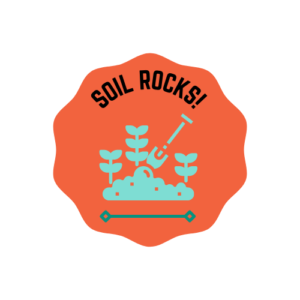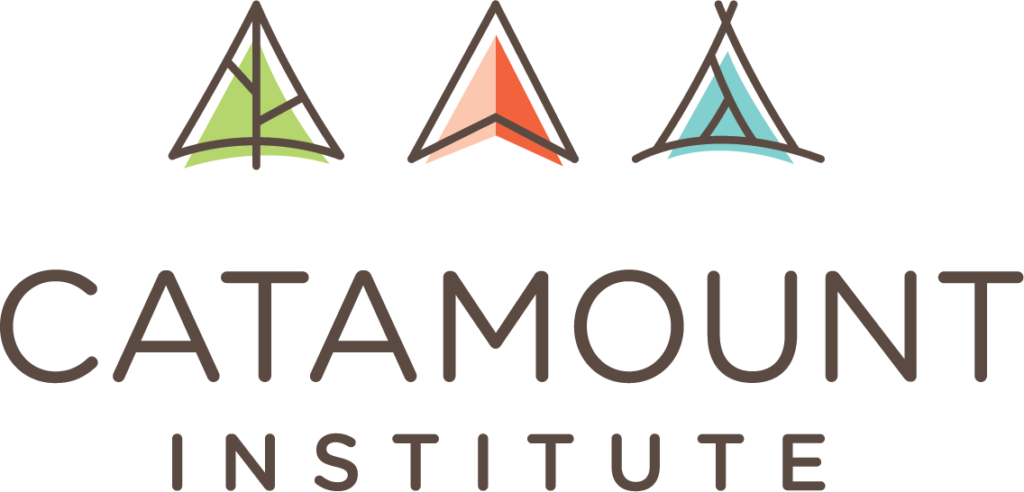Adventure starts here
Middle School Field Trips
Dive into the wonders of nature and science on a field trip led by Catamount Institute. All our outdoor field trips include a factor of adventure while aligning with Colorado Department of Education Standards.
So many students, so little time! We are thrilled to be utilizing all of our resources to get as many kids outside as possible…unfortunately that means we are booked into August at the moment! Our Booking Calendar stretches a year ahead, so please see if any dates for the next 365 days meet your needs.
6-8 students
Learning beyond the classroom
Field trips are a fun and exciting opportunity for students of all ages to investigate our outdoor classroom for hands-on discovery and exploration. Catamount Institute offers pre-designed or custom field trips that are encouraging and inspiring for all students in our local natural areas. Our tailored curriculum supports classroom learning and a memory-filled experience with your class. See below for pre-designed field trip descriptions!
Pricing for field trips begins at $7.00 an hour/per student (minimum 20 students).
Now booking for the 2023-2024 school year! Book your field trip to hold a spot. No transportation? We can come to you!
*The booking is NOT final until confirmation from Catamount Institute staff.
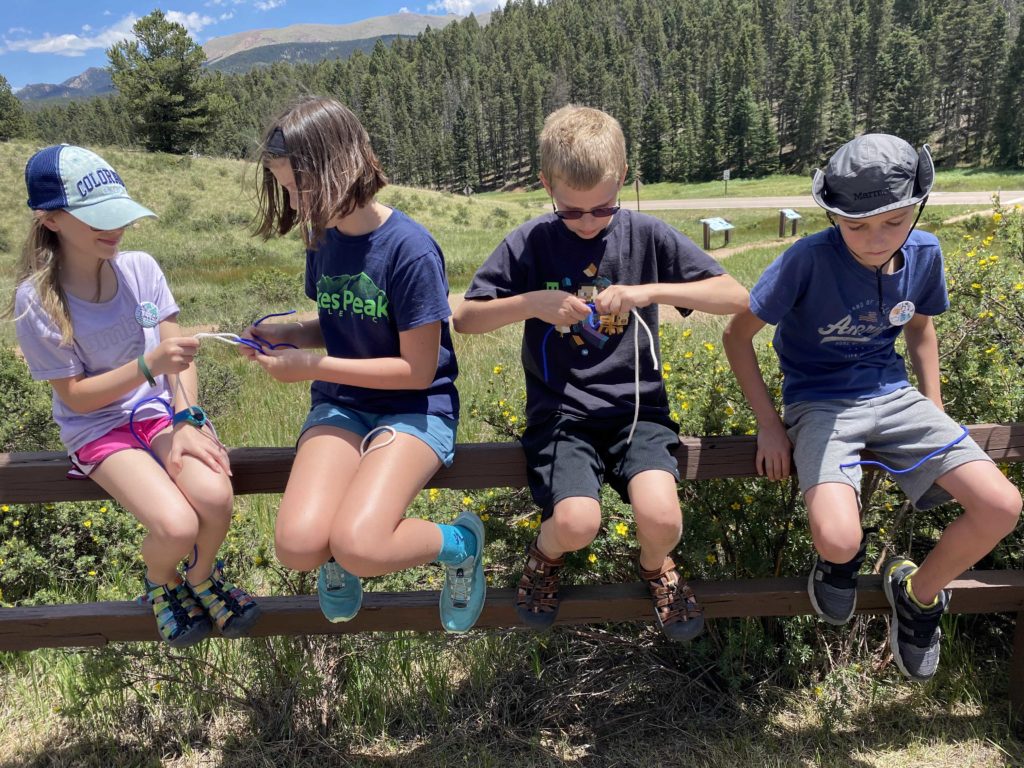
All trips are a minimum of 20 students and a maximum of 80 students. Bookings are based on staff availability at that time. Each tentative reservation will be reviewed by Catamount Staff. You will be contacted at least a month in advance on the status of your booking.
Middle School Grades
Working with Water
Living in Colorado, water has always been an important and protected resource. Through learning about water law and scarcity, we will discover ways that water can be used efficiently with experimentation and use of hydroelectric power! Find out about the numerous ways we depend on water and what role it plays in our ecosystems.
Season: Winter, Fall, Spring, Summer
Locations: Catamount Institute at Sondermann, a Park or Natural Area near your school with water!
Colorado 2020 science standards:
- Earth and space science
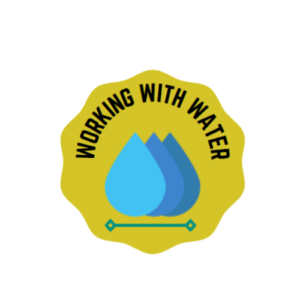
Be a Field Ecologist!
Students will try their hand at field work in the environment. Starting with water, they will take samples and analyze organisms living in streams and how this can tell us about water quality. Next, we will hike through the forest and identify trees as well as boring into them to analyze tree rings! Finally, we will inspect soils using soil probes to look into what their layers tell us. With these hands on activities using specialized tools, we will get a closer look at our environment.
Season: Fall, Spring, Summer
Location: Catamount Institute at Sondermann, a park or natural area near your school with water!
(Driving Distance may affect program cost)
Colorado 2020 science standards:
- GR.K-S.3-GLE.2.
- Plants and animals meet their needs in their habitats and impact one another; people can prepare for severe weather
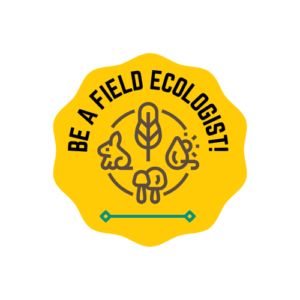
Energy Engineers
We know that humans make big changes to our ecosystems, and we will explore our impact as well as changes we can make to help better our environment. Students will play games and learn about options to become more eco friendly, as well as using engineering skills to try building our own renewable energy technologies!
Season: Winter, Fall, Spring, Summer
Locations: Catamount Institute at Sondermann, a Park or natural area near your school or at your school!
(Driving Distance may affect program cost).
Colorado 2020 science standards:
- GR.K-S.1-GLE.2.
- Sunlight affects the Earth’s Surface

Ecosystem Interactions
All ecosystems contain many interactions between animals, plants, and microscopic organisms. We will take a look at small scale interactions and whether they show mutualism, commensalism, parasitism and more! Games and hands-on activities will allow for students to try finding these relationships and their connection to the web of life that all organisms are a part of!
Season: Fall, Spring, Summer, Winter
Location: Catamount Institute at Sondermann, a park or natural area near your school or at your school!
(Driving Distance may affect program cost)
Colorado 2020 science standards:
- GR.K-S.3-GLE.2.
- Plants and animals meet their needs in their habitats and impact one another; people can prepare for severe weather
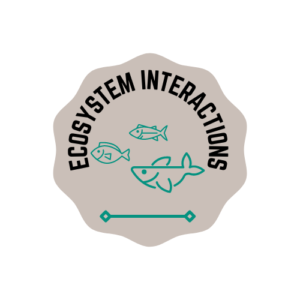
Soil Rocks!
Soils and rocks are everywhere we look, and are just as important as the living things in our environment. Inspect the properties of soil to understand the textures, colors, particle size, and how all of this can impact an ecosystem. Then, identify rocks to explore their role in ecosystems and even how humans can use different minerals every day!
Season: Fall, Spring, Summer, Winter
Location: Catamount Institute at Sondermann, a Park or natural area near your school, or at your school!
(Driving Distance may affect program cost).
Colorado 2020 science standards:
- GR.K.S.1-GLE.1.
- Pushes and pulls can have different strengths and directions, and can change the speed or direction of an object’s motion or start and stop
